“Although rapid prototyping elevates functionality, aesthetics, and durability, it frequently poses challenges and tends to incur higher costs relative to mass-produced parts.”
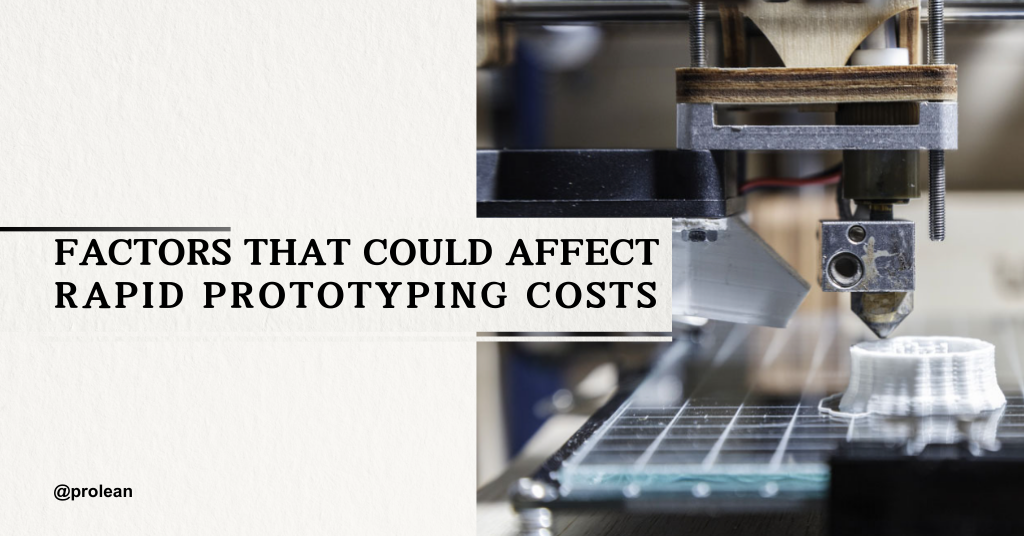
Rapid Prototyping plays a key role in medical, and dental applications. From housing implants to external prosthetics, their contribution is indispensable. But, certain determinants evolve around when it comes to the cost of rapid prototyping.
However, navigating and managing these costs are crucial but come with certain challenges. These include; the selection of the right material along with the right prototyping technique, design complexity, and maintaining appropriate process conditions throughout the process. The economic doability of rapid prototyping is highly influenced by these upfront costs amortized over the production cycles.
Understanding these prototyping costs enables design engineers or product manufacturers to manage and control associated expenses more effectively. This article will focus on the critical factors that could affect the costs of rapid prototyping. Moreover, we will discuss ways to reduce these costs for the economical production of prototypes.
How Rapid Prototyping Methods Influence the Overall Cost?
The careful analysis of the prototyping method plays a central function in cost optimization. Mostly, design engineers employ 3D printing, CNC machining, and injection molding for designing complex prototypes. Let’s discuss how these methods influence the overall costs of rapid prototyping:
1. Rapid Prototyping with 3D Printing
3D printing, also known as additive manufacturing, constructs objects (prototypes) layer by layer from digital designs, offering versatility and customization for various industries. It revolutionizes manufacturing processes by reducing material waste, enabling rapid prototyping, and facilitating the production of complex geometries with high precision and short turnarounds.
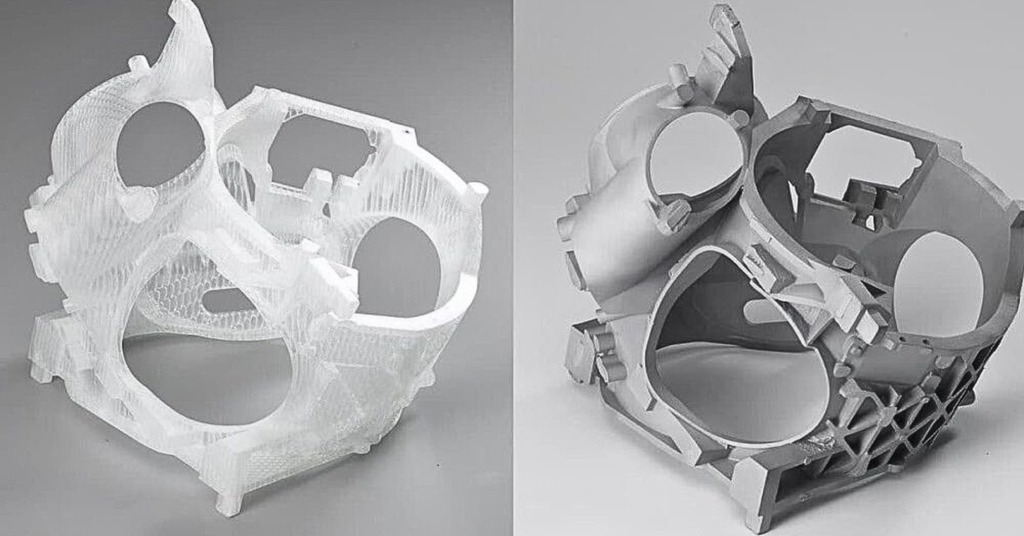
3D Printing Rapid Prototyping
There are three fascinating techniques mostly integrated for rapid prototyping needs; These are stereolithography, selective laser, and fused deposition. Let’s evaluate their pros and cons and how these technologies impact to prototyping costs.
SLA (Stereolithography):
Pros:
- It brings finesse and precision in rapid prototypes and is also suitable for complex geometries.
- A smooth surface finish reduces post-processing requirements.
- SLA allows designer engineers to verify their designs in a physical form before proceeding to full-scale production, mitigating potential risks of pre process pitfalls.
Cons:
- It facilitates limited material compared to other prototyping methods.
- Higher initial capital cost is needed to employ this method for rapid prototyping needs.
- Stereolithography usually takes longer printing times which ultimately contributes to higher overall costs in terms of labor and materials requirements.
SLS (Selective Laser Sintering):
Pros:
- SLS can utilize a wide range of plastic materials including engineering-grade thermoplastics, polymers, and metals.
- There is no need for support structures that significantly minimize material waste.
- It brings superior adhesion between the layers that directly strengthen the prototype.
Cons:
- Porous or rougher surface finish as compared to other additive methods.
- SLS takes longer processing times for larger and more sophisticated parts.
- SLS generally takes longer processing times to machine prototype which eventually contributes to higher overall expenses.
FDM (Fused Deposition Modeling):
Pros:
- Fused deposition modeling lowers the equipment and material costs compared to stereolithography and selective laser sintering.
- It enables product designers to quickly and economically iterate and refine prototypes in a short period of time.
- FDM facilitates the creation of highly customized and personalized products for specified needs.
- FDM helps product manufacturers to achieve It fast build up times for simpler design geometries.
Cons:
- There are confined material options, especially for high-temperature prototyping applications.
- Support structures may be required for overhangs.
- Material wastage and post-processing requirements increase the costs, and timeline and contribute to higher overall costs for machine prototypes.
- Normally, FDM gives limited resolution and surface finishes to prototypes.
2. CNC Machining
CNC machining significantly impacts the overall costs of rapid prototyping due to certain reasons.
Firstly, material costs play an insistent role in this context. As CNC machining utilizes materials such as metals or plastics for machining to shape critical prototypes. Mostly, these materials come with higher initial investments. Moreover, the time required for machining directly affects the cost of rapid prototyping. This means that longer machining times ultimately emendate to higher costs.
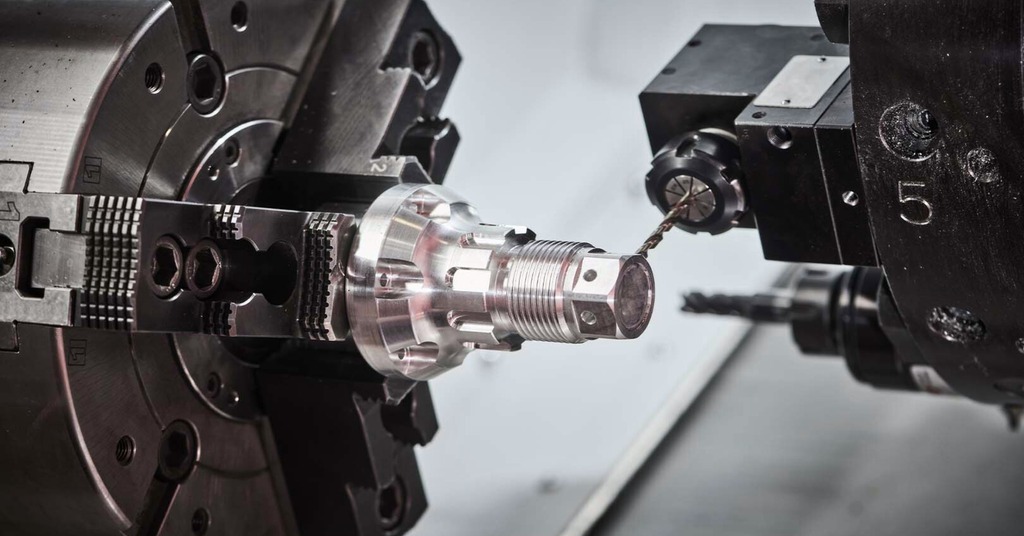
CNC Rapid Prototyping
Secondly, the complexity of the design also results in higher costs. The intricate designs may entail more machining time and require specialized tooling, which leads to increased financial implications.
Let’s evaluate merits and demerits while utilizing CNC Machining for rapid prototyping needs;
Pros:
- It’s highly adaptable and reliable to machine a wide range of materials.
- CNC machining gives excellent surface finish and perfect dimensional accuracy to prototypes.
Cons:
- CNC machining requires longer processing time for complex shape prototypes.
- It produces more material wastes that ultimately lead to increased costs, especially for large parts.
- It requires higher machining costs compared to additive prototyping methods which leads to higher costs of prototyping.
3. Prototype Injection Molding
Injection molding is widely adopted for the economical production of larger volumes of prototypes in minimal turnarounds.

Rapid Injection Molding Prototype
However, there are certain considerations that a product designer must examine while designing these critical prototypes. These include; design states, production quantities, and lead times. Let’s figure out some of the merits and demerits of prototype injection molding;
Pros:
- Injection molding is a fascinating method to test and validate prototype designs before full-scale production of components.
- Injection molding is a viable option to prototype larger volumes with minimal cost per part.
- Injection molding paves the way to integrate a wide range of materials to shape prototypes.
Cons
- The higher initial capital costs of injection molding are a considerable drawback. These costs are associated with tooling and mold changeovers.
- Injection molding facilitates limited prototyping design options for manufacturers.
- The lead time is longer as compared to additive manufacturing processes.
Try Prolean Now!
Material Selection Impacts on Rapid Prototyping Costs
Material selection notably impacts the overall rapid prototyping costs. Specialized materials, such as engineering grade thermoplastics, and metals acquire higher expenses due to their peculiar properties and processing requirements.
These thermoplastics like ABS, nylon, and metals like titanium, and aluminum, copper often come along with a higher budget due to their versatile characteristics, for instance, strength, conductivity, durability, and heat resistance abilities.
Post Processing Adds an Additional Costs To Prototyping
Post processing adds additional costs to rapid prototyping due to the labor, materials, and time required for additional steps beyond the machining. In this context, certain processes come into play. For instance, anodizing, coating, painting, quality inspection, and surface finishing requirements contribute to these costs. So, first, it’s essential to consider the necessity of each post-processing step to achieve the required functionality, and aesthetics to manage the overall prototyping expense.
Bulk Volume Influences the Overall Costs of Prototyping in Several Ways
In some cases, the cost of prototyping decreases when there is a large production demand to some extent. Let’s figure out how bulk volumes impact the costs around rapid prototyping.
- The high production volume of prototypes will eventually lead to reducing the overall costs of rapid prototyping.
- Rush orders or higher volumes may result in shipping discounts to some extent.
- Quality assurance for larger orders may entail additional quality control measures, embedding the overall costs.
Choose Prolean For Optimizing Your Rapid Prototyping Costs
Although rapid prototyping has multiple benefits, some high-cost associated processes limit its use. For cost reduction or optimization, outsourcing to prolean will help you to amend your project costs with short time cycles.
We here at prolean with a team of technical experts and engineers will increase manufacturability, and enhance aesthetics which leads to cost-effectiveness. Moreover, you will also get an easy approach to our surface finishing prospects.
So, send us your design and get an instant quote!
Read more:
Try Prolean Now!
Summing Up
Rapid prototyping offers a dynamic and cost-effective approach to product development, enabling product designers to iterate and refine their designs with minimal financial risk swiftly. While initial costs may seem higher compared to traditional prototyping methods.
The long-term benefits in terms of accelerated time to market, reduced development cycles, and enhanced product quality far outweigh these expenses.
Moreover, as technology continues to advance, the costs associated with rapid prototyping are likely to decrease further, making it an increasingly accessible and indispensable tool for innovation across various industries.
FAQs
Q1. How do quantity requirements influence pricing?
Larger quantities may offer economies of scale, reducing per-unit costs, but setup fees can impact smaller orders.
Q2. Can design revisions affect pricing?
Frequent design changes may require additional prototyping cycles, potentially increasing project costs.
Q3. How does turnaround time influence costs?
Rush orders or tight deadlines may incur expedited processing fees, impacting overall project costs.
Q4. Does prototype size impact pricing?
Yes, larger prototypes typically require more material and production time, resulting in increased costs.
Q5. What are the main cost influencers in rapid prototyping?
Factors include material choice, design complexity, prototype size, finishing requirements, and desired turnaround time.

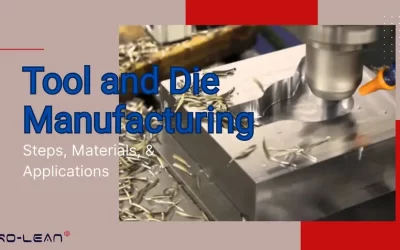
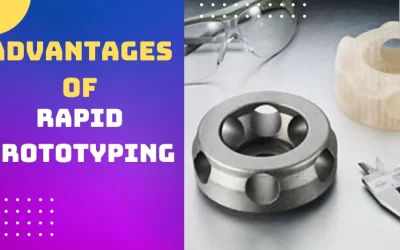
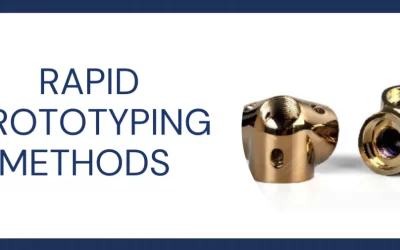
Great! We are a small art company based in Florida, we want to outsource small-sizes 3d printed arts from china. But, at first only prototypes . Are you flexible with scalability option??
Yes! We also have similar experience of collaborating with art companies in US for 3D printed projects! You can send your deign along with other specifications for a detailed quote. https://proleantech.com/get-a-quote/